We take a look at the current best predictions for what the solar system will look like throughout the rest of the Sun’s life.
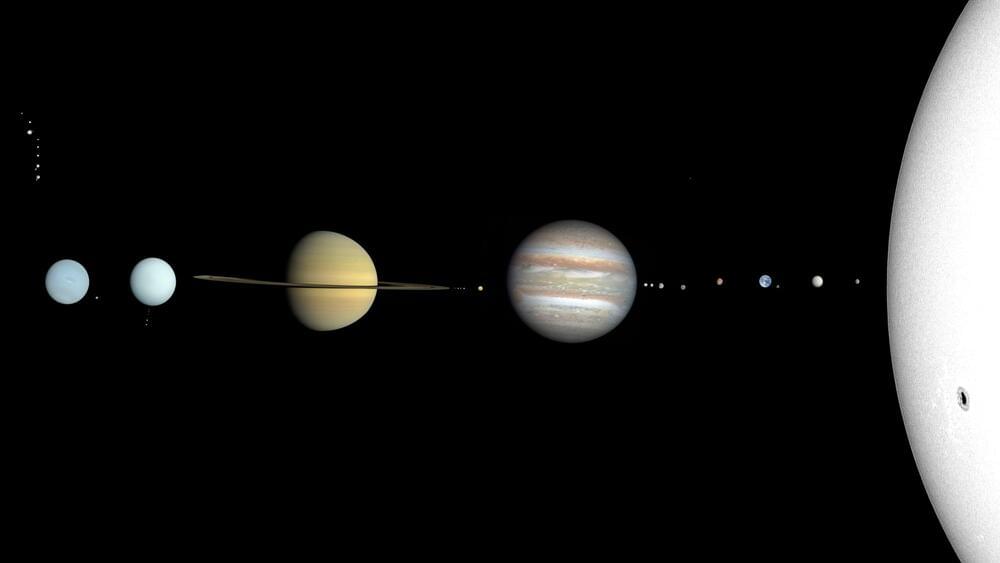

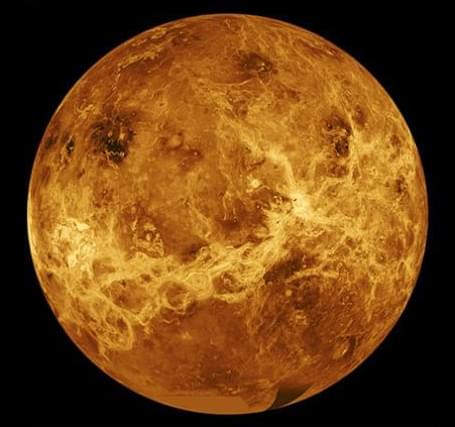
Did Venus have oceans in its ancient past and could they have supported life as we know it, or even as we don’t know it? This is what a recent study published in Nature Astronomy hopes to address as a team of researchers from the University of Cambridge investigated the climate history of Venus and whether it possessed liquid water oceans on its surface deep in its past. This study holds the potential to help scientists better understand past conditions on planetary bodies throughout the solar system and what this could mean for finding evidence of ancient life beyond Earth.
For the study, the researchers used computer models to estimate how fast the Venusian atmosphere is losing water, carbon dioxide, and carbonyl sulphide molecules, all of which are required to be replenished by volcanic gases so atmospheric stability can be maintained. Therefore, by studying how fast these molecules are leaving the atmosphere, scientists can estimate the amount of present and past volcanic activity on Venus, thus determining if Venus once had oceans of liquid water that might have supported life as we know it. In the end, the researchers determined that Venus is far too dry to have ever possessed bodies of liquid oceans on its surface.
“We won’t know for sure whether Venus can or did support life until we send probes at the end of this decade,” said Tereza Constantinou, who is a PhD student at Cambridge’s Institute of Astronomy and lead author of the study. “But given it likely never had oceans, it is hard to imagine Venus ever having supported Earth-like life, which requires liquid water.”
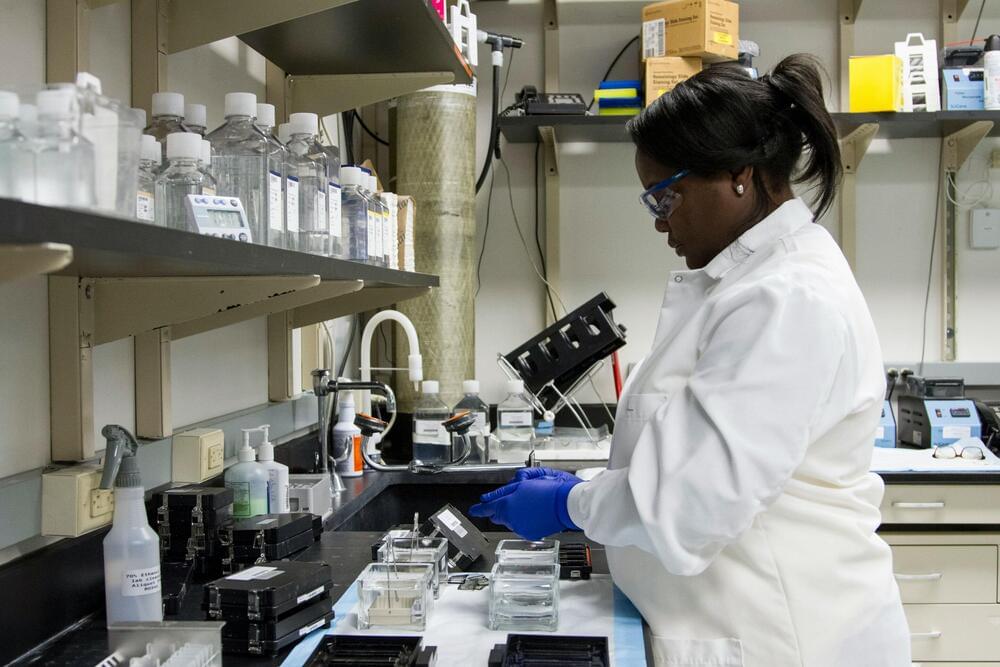
Evaluating the speed at which viruses spread and transmit across host populations is critical to mitigating disease outbreaks. A study published December 3 in PLOS Biology by Simon Dellicour at the University of Brussels (ULB), Belgium, and colleagues evaluate the performance of statistics measuring how viruses move across space and time in infected populations.
Genomic sequencing allows epidemiologists to examine the evolutionary history of pathogenic outbreaks and track the spatial movement of an outbreak. However, the sampling intensity of genomic sequences can potentially impact the accuracy of dispersal insights gained through these evolutionary approaches.
In order to assess the impact of the sampling size, researchers simulated the spread of several pathogens to evaluate three dispersal metrics estimated from the analysis of viral genomes: a lineage dispersal velocity (the speed at which lineages spread), a diffusion coefficient (how fast lineages invade space), and an isolation-by-distance signal (how genomic sequences of a population become less similar over geographic distance) metric.

Froilan Mendoza is Founder & Chief Technology Officer of Fulcrum Solutions.
Small businesses are the backbone of the U.S. economy. They represent 99.9% of all businesses in the country, account for 43.5% of GDP and employ almost half of the U.S. workforce. Yet small business owners have always had to overcome obstacles to survive and succeed. Lack of capital is responsible for 38% of small business failures. Labor costs make up 70% of their expenses, and a national labor shortage of 2 million workers is exacerbating the difficulty of hiring and keeping talent.
The good news is that AI is leveling the playing field for small businesses, giving them easy-to-use tools to optimize their processes and scale their organizations without huge teams or budgets. A 2024 study from the U.S. Chamber of Commerce found that 98% of small businesses are already using an AI-enabled tool, and 91% of owners say that AI will fuel future business growth. The use of generative AI tools, such as chatbots and image creators, grew by 40% in the last year.
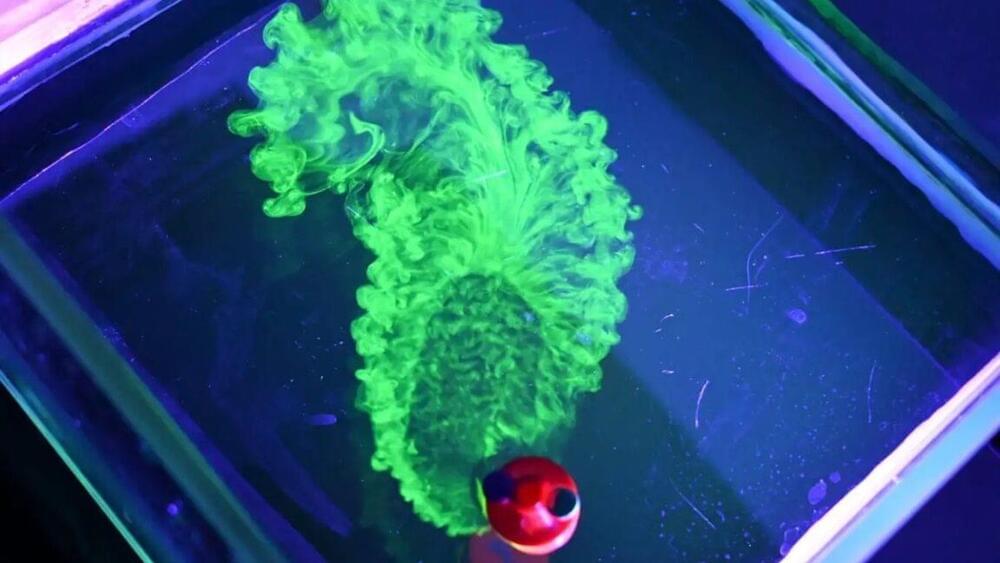
There’s a common popular science demonstration involving “soap boats,” in which liquid soap poured onto the surface of water creates a propulsive flow driven by gradients in surface tension. But it doesn’t last very long since the soapy surfactants rapidly saturate the water surface, eliminating that surface tension. Using ethanol to create similar “cocktail boats” can significantly extend the effect because the alcohol evaporates rather than saturating the water.
That simple classroom demonstration could also be used to propel tiny robotic devices across liquid surfaces to carry out various environmental or industrial tasks, according to a preprint posted to the physics arXiv. The authors also exploited the so-called “Cheerios effect” as a means of self-assembly to create clusters of tiny ethanol-powered robots.
As previously reported, those who love their Cheerios for breakfast are well acquainted with how those last few tasty little “O” s tend to clump together in the bowl: either drifting to the center or to the outer edges. The “Cheerios effect is found throughout nature, such as in grains of pollen (or, alternatively, mosquito eggs or beetles) floating on top of a pond; small coins floating in a bowl of water; or fire ants clumping together to form life-saving rafts during floods. A 2005 paper in the American Journal of Physics outlined the underlying physics, identifying the culprit as a combination of buoyancy, surface tension, and the so-called ” meniscus effect.”
Join us on Patreon! https://www.patreon.com/MichaelLustgartenPhD
Discount Links/Affiliates:
Blood testing (where I get the majority of my labs): https://www.ultalabtests.com/partners/michaellustgarten.
At-Home Metabolomics: https://www.iollo.com?ref=michael-lustgarten.
Use Code: CONQUERAGING At Checkout.
Clearly Filtered Water Filter: https://get.aspr.app/SHoPY
Epigenetic, Telomere Testing: https://trudiagnostic.com/?irclickid=U-s3Ii2r7xyIU-LSYLyQdQ6…M0&irgwc=1
Use Code: CONQUERAGING
NAD+ Quantification: https://www.jinfiniti.com/intracellular-nad-test/

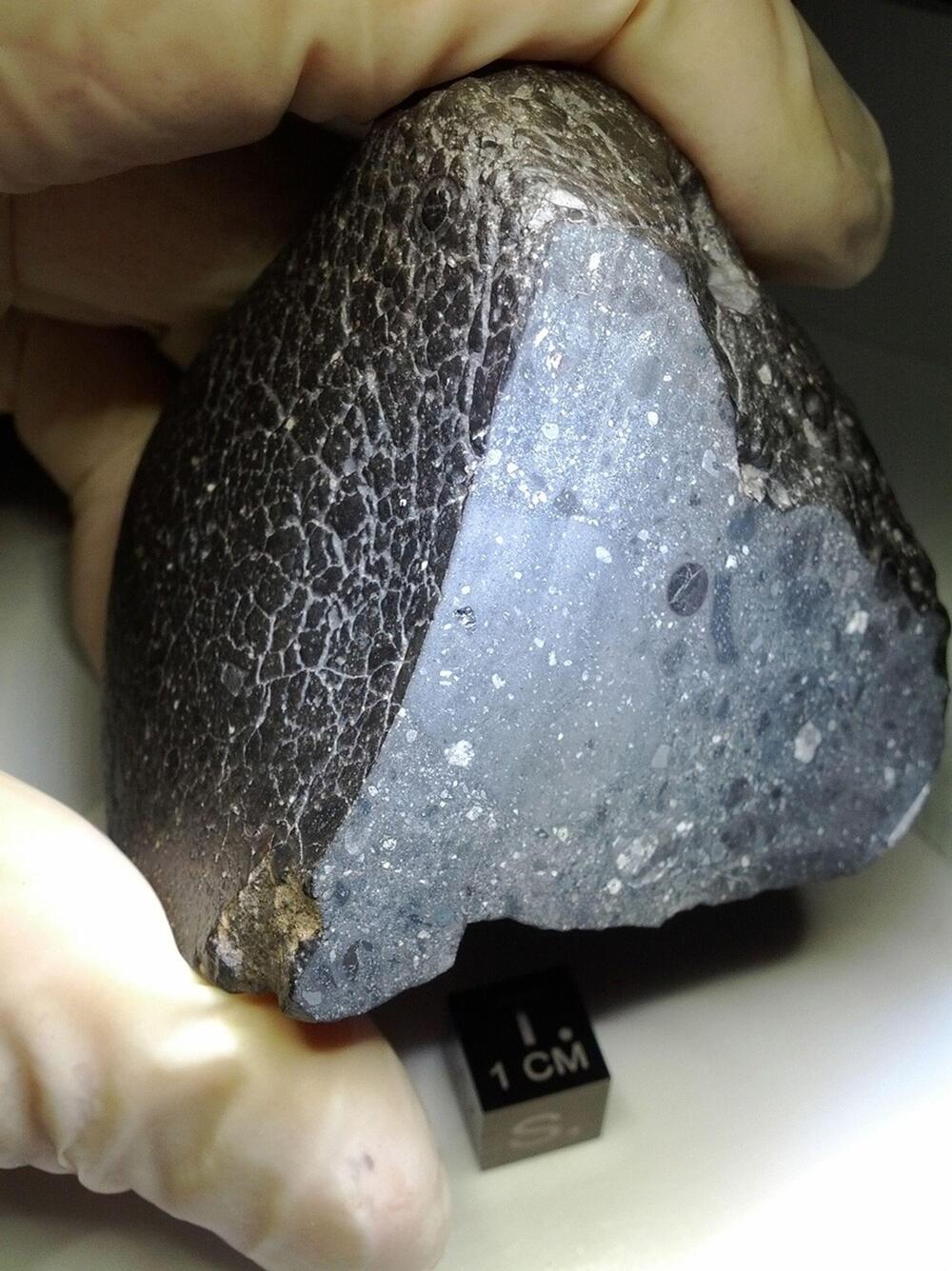
For the study, the researchers conducted microscopy analyses of a zircon grain obtained from Black Beauty, which builds off a 2022 study involving the same zircon grain where researchers found the grain had experienced being “shocked” from a meteorite impact long ago. For this latest study, the researchers found that the zircon grain contained unique evidence regarding past liquid water on the Red Planet.
“We used nano-scale geochemistry to detect elemental evidence of hot water on Mars 4.45 billion years ago,” said Dr. Aaron Cavosie, who is a senior lecturer in the School of Earth and Planetary Sciences at Curtin University and a co-author on the study. “Hydrothermal systems were essential for the development of life on Earth and our findings suggest Mars also had water, a key ingredient for habitable environments, during the earliest history of crust formation. Through nano-scale imaging and spectroscopy, the team identified element patterns in this unique zircon, including iron, aluminum, yttrium and sodium. These elements were added as the zircon formed 4.45 billion years ago, suggesting water was present during early Martian magmatic activity.”

You can know a lot of things about birds just by the shape of their wings. A seafaring albatross, stretching out its sail-like airfoils, lives a very different life from a ground-dwelling antpitta with its long legs and short, stubby wings that it uses in rare, short bursts of flight.
But can bird wing shape tell scientists something useful about how nature is organized?
Research from Washington University in St. Louis says that bird wing shape—a proxy for long-distance flying ability—is a trait that influences biodiversity patterns on islands around the world.
